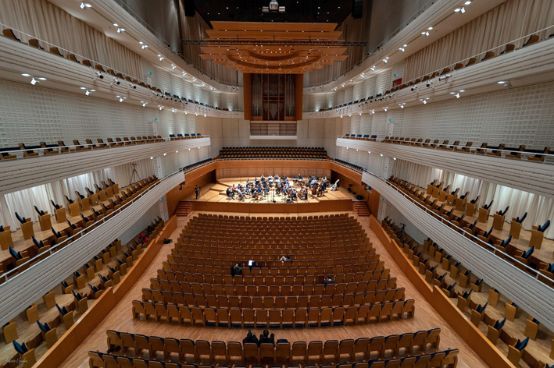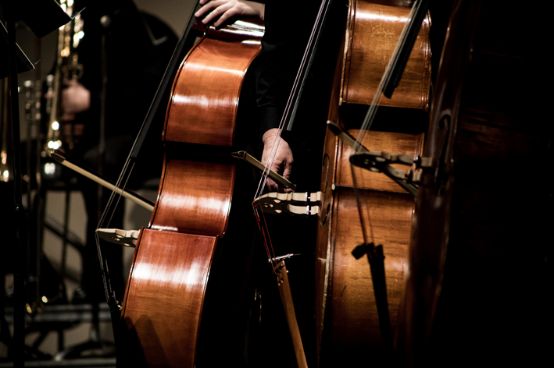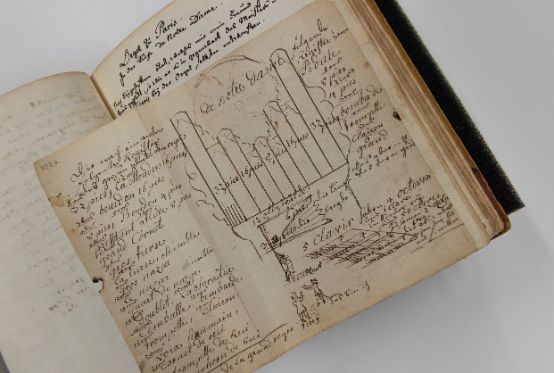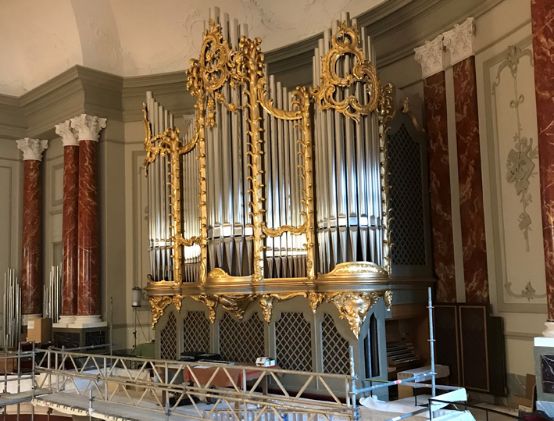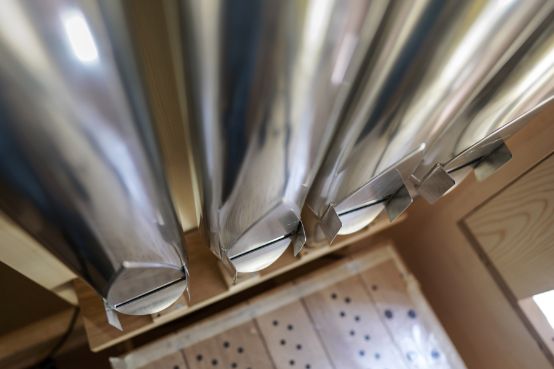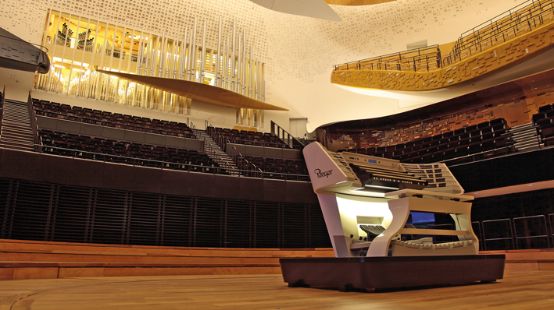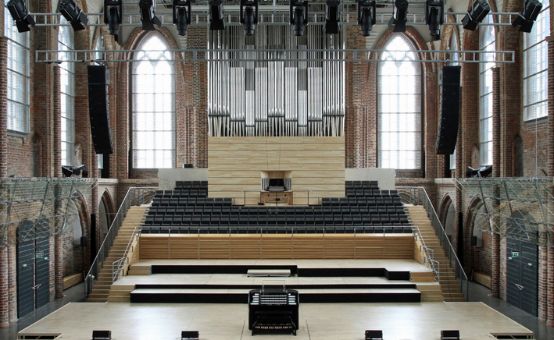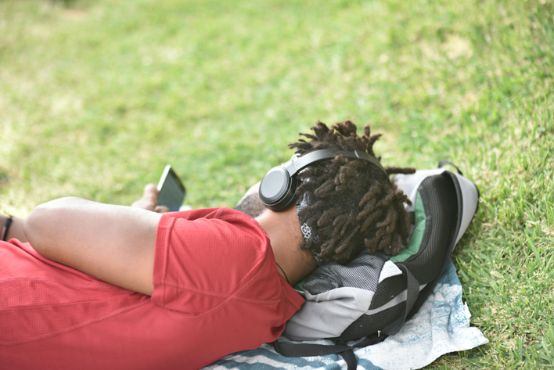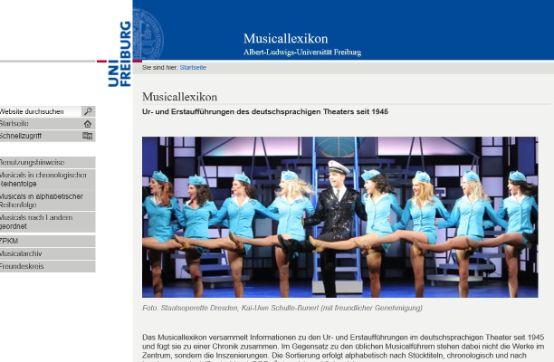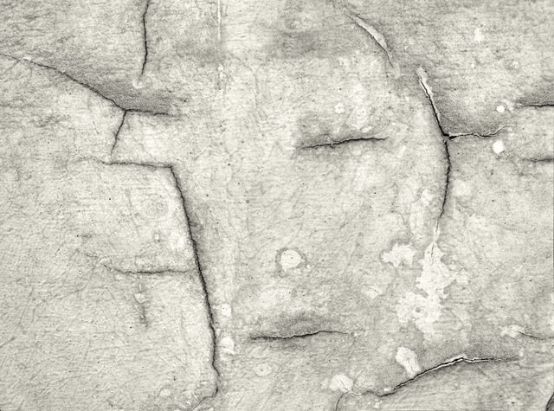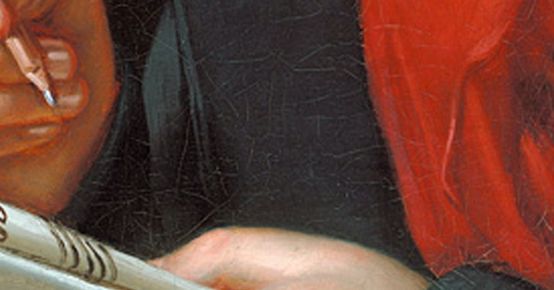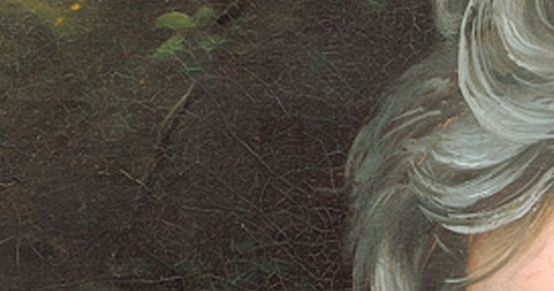To be left without concerts from one day to the next is hard. Hard for the audience, who are used to choosing the right concert from a plethora of choices, and hard for the performers, who suddenly find themselves at home in a quiet little room. All musicians need recognition, freelancers fear for their livelihoods and everyone has to keep in shape somehow. After all, making music is like high-performance sport that requires daily training. The latter in particular has almost been forgotten in the hustle and bustle of the lockdown. But practising without a goal is almost unbearable in the long run.
And so the music makers looked for ways out. First there were touching balcony concerts that went around the world, then living room concerts celebrated their heyday. They were disseminated as streaming videos that appeared everywhere and flooded social networks. They were quickly created, spreading the message "Hello, we're still alive and we're giving you music". But what is the ultimate purpose of such hyperactivity in the music sector; what is the use, what is the harm of offering three-minute "Konzertli" every day?
The Lucerne Symphony Orchestra began its "Diary of a lost orchestra" on March 26 and got off to a brilliant start with almost 2,000 clicks, with other providers following suit. At first, it was comforting to be "supplied" with music and to know that others were also staying active. The living area became a music venue, but there was usually a lack of professional equipment: there was picture distortion, insufficient synchronization of picture and sound, and sometimes there was a lot of rattling from the speakers. Stepping in front of the camera was also a difficult balancing act. Many people stood there awkwardly, tried to say "Grüezi" and played along. Others perform together with colleagues in a virtual room, and on the screen you can see people with a button in their ear connected in a "window".
As a viewer, I become a voyeur in a private space: how does the person live, is there any visible clutter, is there a nice sofa, do they live in a house or in a small attic, etc.? Of course, it can also be quite sympathetic when you suddenly experience "your" orchestral musicians, who play in the concert hall far away in tails or a black dress, in private. But the public's interest quickly wanes: such concert series presented on the Internet show declining click figures from week to week.
After watching living room streams several times, it becomes clear that this is often more an act of desperation than a well-planned way to bridge the gap between concerts. The initial explosion in visitor numbers quickly turns into the opposite, and the audience is mercilessly left behind. The audience is too spoiled by the quality of the recorded "canned music". But even the same old Bach partitas, short Mozart pieces or horn quartets on offer lose their appeal when too many musicians are doing the same thing.
The aim, of course, is to stay in the conversation, to keep the audience happy, everyone "does it", then I have to too. The big institutions have a huge advantage in this race, they can plunder their stocks of videos and upload them for free, as the Berlin Philharmonic Orchestra has done and the Zurich Opera House is also doing. The attention is there and is helping to overcome lean times, the gap between "big" and "small" is widening.
Have the financially weaker ones lost out? Not necessarily, as the example of the Argovia Philharmonic shows, which twice offered a livestream with few resources: once with two orchestral musicians at Lake Hallwil, once as a "yoga concert" to join in. "The response was positive," explains Artistic Director Christian Weidmann, "but you can already feel that our audience prefers to come to the concert." Musicologist Susanne Rode-Breymann puts it in a nutshell: "Art on stage is not digital art."
The live concert, so often pronounced dead, will probably continue to flourish in the post-corona era. Or even more so? It has the advantage that performers and audiences are forced to adopt a different attitude in the concert hall than when streaming, as pianist Sophie Pacini freely puts it: "I don't even know where the recipient is sitting - is he perhaps sitting on the toilet?" Creating a concert hall-like feeling is difficult under such circumstances, she continues. The direct interaction between the podium and the audience is therefore still valuable.
The "at home" and "Salon Picasso" series, which the Basel Symphony Orchestra has been offering in regular streams since the lockdown, offer an interesting approach, even though they are also online. Behind these names are themed programs lasting around 30 minutes, held together by a dramaturgical thread. The orchestra's artistic director, Hans-Georg Hofmann, talks to members of the orchestra about individual sections, who then play - either in the orchestra's rehearsal hall or sometimes in a humorous way at home. The didactic is combined with the entertaining. "We have used the coronavirus period to build up a digital archive, and the contributions will remain available for a longer period of time," explains Hofmann.
But the longing for live music is great. And so, following the relaxation of the corona rules, many musicians are venturing closer to analog operations again. The Basel Chamber Orchestra is organizing "Coronaden" concerts, short performances in public spaces such as bus shelters. "Getting out of the background and into people's lives creates a great energy," says concertmaster Julia Schröder, who wants to keep the format even after coronavirus.
The Musikkollegium Winterthur is moving in a similar direction with "Music on your doorstep": subscribers, patrons and association members were able to order a free chamber concert with musicians from the orchestra. Demand has been very high, with 85 concerts given so far, and neighbors and passers-by have also been among the listeners. "We believe that we have gained new audiences and strengthened our relationship with existing audiences as a result," is the conclusion.
The "Digital Concerts" initiative by tenor Sascha Emanuel Kramer and sound engineer Marcel Babazadeh aims to exploit the current forced mainstream. Every Monday at 8.30 pm, a concert is broadcast via Facebook and YouTube from a factory hall on Lake Zurich.
The idea is to bring the intimacy of a classic house concert to the consumer in digital form. Eight concerts have already taken place and the clicks are numerous. However, the streams demonstrate the difficulty of establishing closeness to the audience from a digital distance. The greetings in an emphatically casual manner seem unprofessional, the moderations sometimes artificial. The equipment, however, is professional and the musicians play at a high level. However, it is also true here that quality is expensive: "We are dependent on financial support so that we can manage the costs and pay the artists fair fees." The slogan "the concerts are free, but not free of charge" brings money into the lockdown due to a lack of concert alternatives; financial solidarity is very important these days. This is also confirmed by other classical concert organizers. But afterwards? What traces will the streaming euphoria of these days leave behind?
